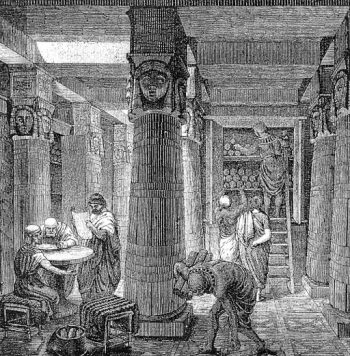
What was at the core of much of my advocacy for retooling education came from a condition that can best be illustrated by the Knowledge Doubling Curve. Recently adjusted by Faras Batarseh of the London School of Economics, it states that Until 1900, knowledge was doubling roughly ever century. However, by 1950, it was doubling every 25 years. 2000 saw it doubling every 12 months. Today, says Batarseh, “knowledge is doubling every day.”1
There are a number of logical reasons, but it leads to a society that is plagued by VUCA.
- Volatility is about the nature and dynamics of change, and the nature and speed of change forces and change catalysts.
- Uncertainty, describes the lack of predictability and a loss of the sense of awareness and understanding of issues and events.
- Complexity, considers the multiplex of forces leading to and confusion.
- Ambiguity, represents the haziness of reality and the potential to misread information.
Change is the new normal and there is not a single area of study or interest that is not in affected..
and..
Change has embowed a new significance to the word, current.
Public school instruction can no long afford to lag decades behind what is known today about science, health, mathematics, philosophy, and even history. It’s the reason I use to say (back when people were paying attention to what I had to say.)
We need to stop teaching students how to be taught, and start teaching them how to learn for themselves.
We will have achieved real education reform, when no teacher believes that they can teach the same things, the same ways, year after year; and when we are providing them with the resources and the time to retool their classrooms every day.
For this technology-rich and information-driven world, the best thing we can be teaching our children is literacy – learning-literacy.
1Batarseh, F. A. (2017, September 21). Thoughts on the future of human knowledge and machine intelligence [Web log post]. Retrieved from https://blogs.lse.ac.uk/businessreview/2017/09/20/thoughts-on-the-future-of-human-knowledge-and-machine-intelligence/

